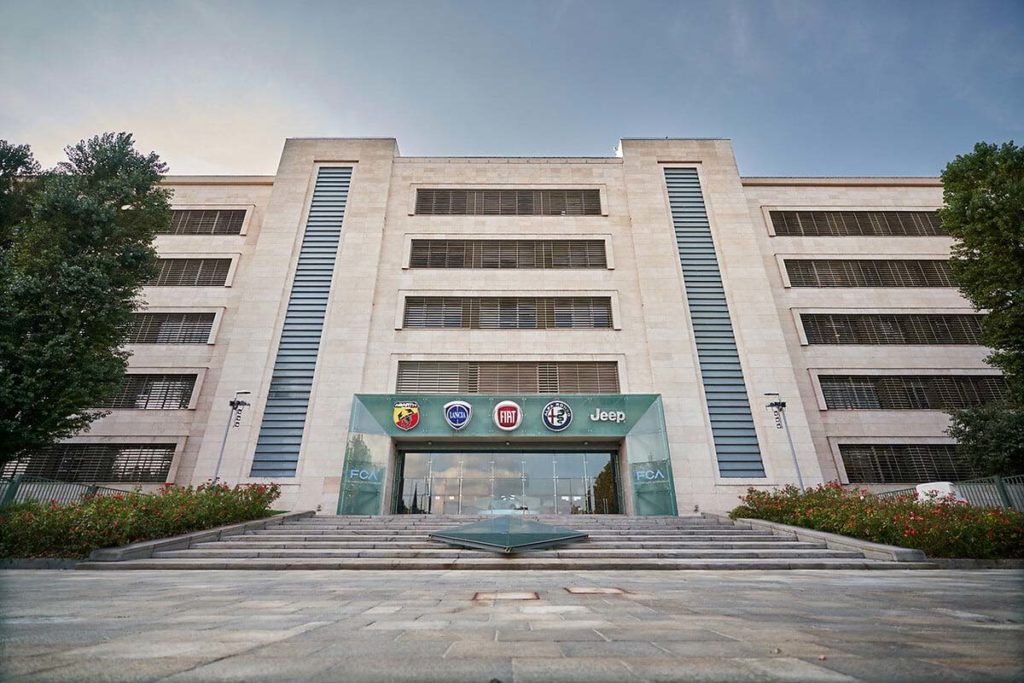
The Italian automotive landscape could see a major turning point on April 3, when the Adolfo Urso, the Minister for Made in Italy, has called a meeting with Stellantis. The summons follows repeated production stoppages at the Mirafiori plant, located at the heart of Italy's automotive industry, which have raised concerns about the future of the Piemont region's automotive sector.
The meeting will be attended by trade unions, Anfia (Associazione Nazionale Filiera Industria Automobilistica) and representatives of the Piedmont region, reflecting the importance of this meeting. The Italian government and local industry players are striving to boost domestic automotive production, with the ambitious goal of producing a million vehicles a year in Italy. To achieve this goal, an agreement with Stellantis is crucial, as is listening carefully to the suppliers, workers and local authorities involved in the automotive industry.
The meeting comes at a difficult time for Piedmont's automotive industry, with Mirafiori plant out of service for 11 weeks. The transition to electric vehicles, while necessary, represents a considerable challenge for the region. According to a study by Ires Piemonte, one in two workers in Piedmont's automotive industry is at risk due to the reduction in components needed for electric vehicles, jeopardizing nearly 20,000 jobs.
The automotive industry has long been a mainstay of Piedmont's economy, with a rich history beginning twenty years ago when the region counted around 1,800 companies in the sector. Today, although their numbers have dwindled to around 750, automobiles remain the region's most important industry in terms of value, representing over 22 % of total regional exports, with an approximate value of 11 billion euros.
Against this backdrop, all eyes are on Stellantis and Minister Adolfo Urso, awaiting announcements that could revive production at Mirafiori. The introduction of a Fiat 500 internal combustion enginein addition to the electric version already in production, could be one of the solutions envisaged to revitalize the plant and meet market demand, while safeguarding jobs in the region. For its part, Stellantis reaffirms implementation of its Mirafiori Automotive Park 2030 project.
April 3 could therefore be a decisive day for the future of the Italian automotive industry, a time when decision-makers and manufacturers will have to join forces to navigate the troubled waters of ecological transition, while preserving Italy's industrial heritage and jobs. Will this meeting really result in any concrete announcements? We shall see...
Stellantis is hurting the Italian automotive industry by imposing all-electricity, which is not selling enough. We need to turn back the clock and go back to hybrid combustion engines so that factories are no longer regularly shut down. All-electric seems more and more to be a sweet dream that doesn't suit many customers.
It wasn't Stellantis who imposed all-electric = its CEO, Carlos Tavares, even publicly questioned the decision to go all-electric in 2035.
But as European political ecology is based on dogma rather than fact, Europe's citizens would like to keep their old combustion-powered cars for themselves, impose all-electricity on their neighbors, and ensure that the rest of the world continues to buy cars made in Europe.
The Italian government is right to be concerned about local employment. But another concern is the transformation of historic Italian brands into Peugeot subsidiaries.